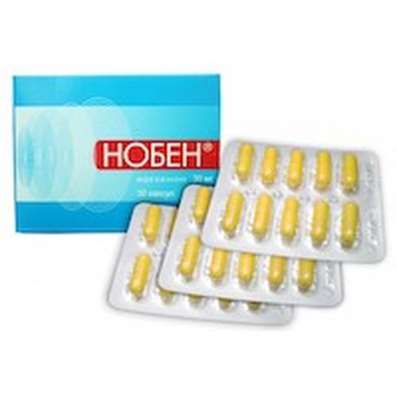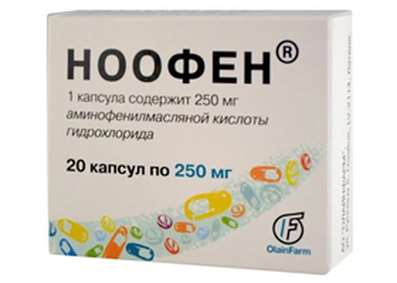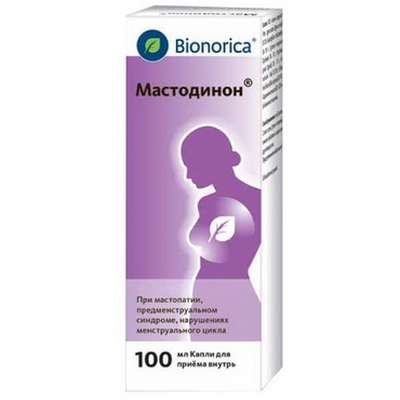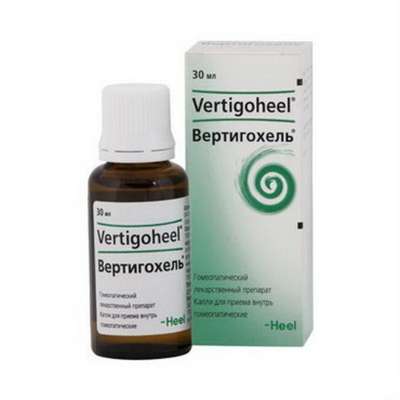Instruction for use: Fondaparinux sodium
I want this, give me price
Trade name of the drug – Arixtra
The Latin name of the substance Fondaparinux sodium
Natrii Fondaparinuxum (genus. Natrii Fondaparinuxi)
Gross formula
C31H43N3Na10O49S8
Pharmacological group:
Anticoagulants
CAS code
114870-03-0
Model clinical-pharmacological article 1
Pharmacotherapy. A synthetic inhibitor of activated factor X (Xa), antithrombotic activity is the result of selective inhibition of factor Xa, mediated by antithrombin III. Selectively binding to antithrombin III, increases (approximately 300 times) the initial neutralization of factor Xa by antithrombin III. Neutralization of factor Xa interrupts the coagulation chain and inhibits both thrombin formation and thrombus formation. Does not inactivate thrombin (activated factor IIa) and does not have antiaggregatory action against platelets. In a dose of 2.5 mg does not affect the results of coagulation tests (APTT, activated clotting time, prothrombin time, international normalized blood plasma ratio), bleeding time or fibrinolytic activity. Does not cause cross-reactions with the serum of patients with heparin-induced thrombocytopenia.
Pharmacokinetics. After sc administration is fully and quickly absorbed (absolute bioavailability 100%). With a single infusion of 2.5 mg Cmax - 0.34 mg / l, TCmax - 2 h. TCmax 50% - 25 minutes. In the dose range of 2-8 mg, the pharmacokinetics are linear. With a single administration per day, a stable equilibrium concentration in blood plasma is achieved in 3-4 days with an increase in 1.3 times the values of Cmax and AUC. The volume of distribution is limited. In vitro, fondaparinux sodium is highly and specifically associated with the protein antithrombin III, and the degree of binding depends on the concentration of the substance in the blood plasma (98.6-97% in the concentration range of 0.5-2 mg / l). Connection with other plasma proteins, incl. With platelet factor IV, is negligible. Penetrates into the milk of rats (there is no evidence of penetration into the milk of a female crook). The final evaluation of the metabolism of fondaparinux sodium has not been carried out, but no active metabolites have been detected. T1 / 2 - 17 hours; in the elderly, 21 hours. It is excreted unchanged by the kidneys (64-77%). In patients older than 75 years, the clearance is 1.2-1.4 times lower than in patients under the age of 65 years. In chronic renal failure, plasma clearance is 1.2-1.4 times lower in patients with mild renal insufficiency (KC 50-80 ml / min) and 2 times lower with moderate expression (KK 30-50 ml / min). In severe CRF (CC less than 30 ml / min), plasma clearance is 5 times lower than with normal kidney function. T1 / 2 with moderate renal failure - 29 h and 72 h - with severe. Plasma clearance increases with body weight (an increase of 9% per 10 kg). Pharmacokinetic parameters do not depend on sex and race.
Indication. Prevention of venous thromboembolic complications with extensive orthopedic operations on the lower extremities (fracture of the hip joint, including long-term prophylaxis in the postoperative period, prosthetic knee or hip joints). Prevention of venous thromboembolic complications in abdominal operations in the presence of risk factors for such complications. Prevention of venous thromboembolic complications with a high risk of such complications and the need for prolonged bed rest during the acute phase of the disease. Treatment of acute deep vein thrombosis. Treatment of acute thromboembolism of the pulmonary artery. Treatment of acute coronary syndrome: unstable angina or myocardial infarction without ST-segment elevation in order to prevent cardiovascular death, myocardial infarction or refractory ischemia; Myocardial infarction with ST-segment elevation in order to prevent cardiovascular death, repeated myocardial infarction in patients receiving thrombolytic therapy or initially not receiving reperfusion therapy.
Contraindications. Hypersensitivity, active clinically significant bleeding, acute bacterial endocarditis, severe CRF (CC less than 30 ml / min), conditions associated with the risk of bleeding (including hemophilia, thrombocytopenia, hypocoagulation, von Willebrand disease), gastric ulcer and 12- Of the peritoneum in st. Exacerbations, cerebral hemorrhage, cerebral aneurysm, uncontrolled hypertension (increased risk of intracranial hemorrhage), exfoliating aortic aneurysm, diabetic retinopathy, repeated neurologic or ophthalmic surgeries, spinal anesthesia (a risk of developing a hematoma), threatening abortion, simultaneous reception of fibrinolytics, Heparin, heparinoids or glycoprotein IIb / IIIa receptor antagonists, heparin-induced thrombocytopenia type II (no clinical experience).
Carefully. Increased risk of bleeding (congenital or acquired hemostasis disorders, including platelets less than 50 thousand / mm3, peptic ulcer of stomach and duodenum, body weight less than 50 kg, severe hepatic insufficiency, recent intracranial hemorrhage, condition After surgical intervention on the brain or spinal cord or ophthalmic operations, advanced age, CRF (KK 30-50 ml / min), age to 18 years, pregnancy, lactation.
Dosing. SC (deep), 2.5 mg 1 time per day after the operation. The initial dose is administered 6 hours after the completion of the operation, under the condition of complete hemostasis. The course of treatment is 5-9 days.
It is necessary to strictly adhere to the time of the first administration of the drug in patients older than 75 years, and / or body weight less than 50 kg, and / or with a moderately limited renal function (creatinine clearance 30-50 ml / min).
The administration of the drug is carried out in the patient's "lying" position. The places of introduction are alternately left and right anterolateral and left and right posterolateral wall of the abdomen. To avoid loss of the drug, do not remove the air bubble from the pre-filled syringe before injection. The needle should be inserted at full length perpendicular to the fold of the skin, sandwiched between the thumb and forefinger; The fold of the skin is not opened during the entire introduction.
Side effect. Often - bleeding, fatigue or weakness. Less often - fever, nausea, lower blood pressure. Less often - dizziness, headache, allergic reactions; A drained discharge from a postoperative wound, swelling, skin rash or itching; Dyspepsia (including constipation, diarrhea), abdominal pain, thrombocytopenia, increased activity of "hepatic" enzymes; Skin irritation, pain, ecchymosis / hematoma and hyperemia at the injection site.
Overdose. Symptoms: bleeding.
Treatment: cancellation of the drug, surgical hemostasis, replenishment of blood loss, transfusion of fresh plasma, plasmapheresis.
Interaction. Oral anticoagulants (warfarin), ASA, NSAIDs (piroxicam) and digoxin do not affect the pharmacokinetics of the drug. Decontin, fibrinolytics, glycoprotein IIb / IIIa receptor antagonists, heparin, heparinoids or low molecular weight heparins are the risk of bleeding.
If prophylactic treatment is necessary to continue with heparin or low molecular weight heparins, the first injection should be administered the day after the last injection.
If maintenance treatment with vitamin K antagonists is required, treatment with the drug should continue until the target value of the international normalized ratio is reached.
The drug does not inhibit the enzymes of the cytochrome P450 group in vitro, so one should not expect its interaction with other drugs at this level.
Special instructions. Efficacy and safety after 9 days are not established. If prolonged treatment with anticoagulants is necessary, the patient should be transferred to drugs for which long-term experience is available.
The drug is intended for use only. Do not enter IM.
ASA, etc. NSAIDs, dipyridamole, sulfinpyrazone, ticlopidine, clopidogrel and other drugs that reduce platelet aggregation should be used with caution. If combination therapy is unavoidable, it must be performed under strict control of the blood coagulation system.
When applying the drug simultaneously with epidural anesthesia or spinal puncture, the possibility of epidural or spinal hematomas, which can lead to prolonged or permanent paralysis, cannot be ruled out. These are extremely rare phenomena, but their risk may be slightly increased with the postoperative use of permanent epidural catheters or the simultaneous administration of other drugs that affect hemostasis.
Elderly patients are more at risk of developing bleeding than younger people.
Patients weighing less than 50 kg are more prone to developing bleeding. The elimination of fondaparinux sodium decreases with body weight.
The risk of bleeding increases with SC less than 50 ml / min.
In connection with the deficiency of coagulation factors in patients with severe liver disease, the risk of bleeding increases.
Control of the number of platelets is recommended at the beginning and at the end of treatment with the drug. This is especially important in cases where supportive treatment with heparin or low molecular weight heparins is contemplated.
Due to the lack of compatibility tests, the drug should not be mixed with other drugs.
Before use, the solution should be visually monitored for the absence of suspended particles and discoloration.
Clinical experience of the drug in pregnant women is not available, and animal tests are not sufficient due to the limited duration of the studies.
During the treatment period, care must be taken when dealing with potentially hazardous activities requiring an increased concentration of attention and speed of psychomotor reactions.

 Cart
Cart





